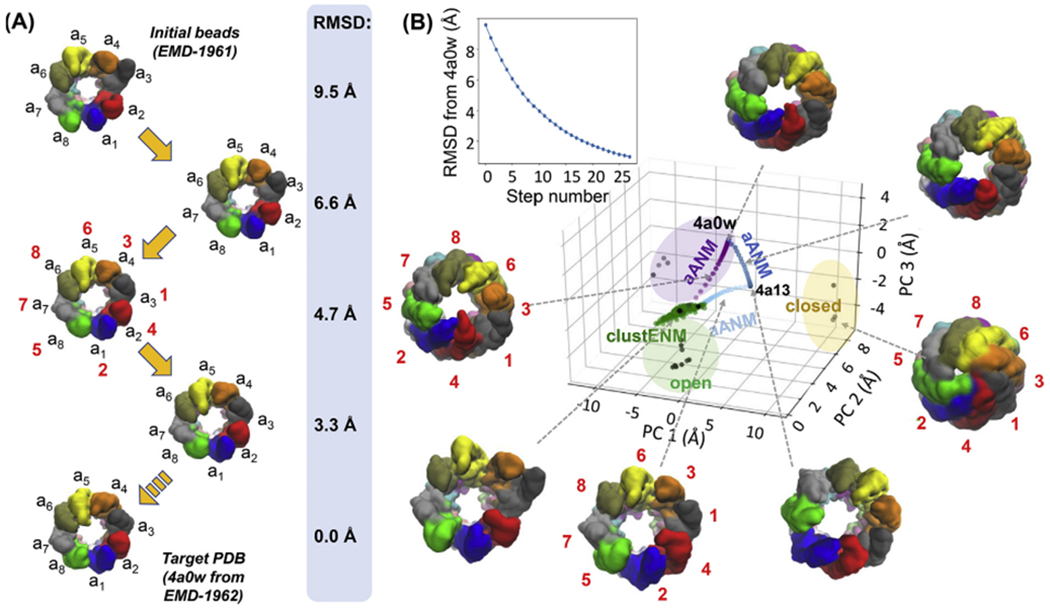Fig. 6. Transitions between open and closed ring forms are enabled by soft modes.

(A) The snapshots depict a path from the fully open (EMD-1961) ATP analogue-bound CCT to the asymmetric closed (EMD-1962) hydrolysis transition state analogue-bound form of CCT, driven by collective motions along soft mode coordinates. See corresponding movie, Movie S4, in the Supplementary Material. The conformational changes are generated using adaptive ANM (aANM). The conformation is shown after every 4 steps up until step 12 (4th structure), which reaches an RMSD of 3.6 Å (as compared to the original RMSD from target of 9.5 Å), as well as the target structure. (B) Comparison of aANM and ClustENM conformers with experimental structures via projection of generated conformers onto the 3D subspace defined by experimental structures in Fig. 1C (main panel). The upper plot shows the decrease in RMSD with respect to the target structure (PDB: 4a0w; inset). Three aANM runs are shown in purple, dark blue and light blue, and ClustENM conformers are green.
